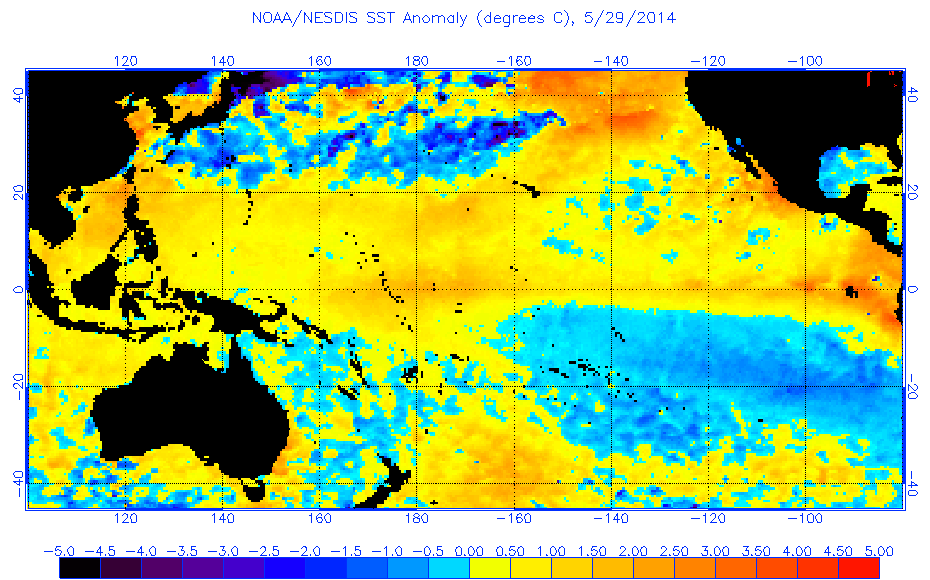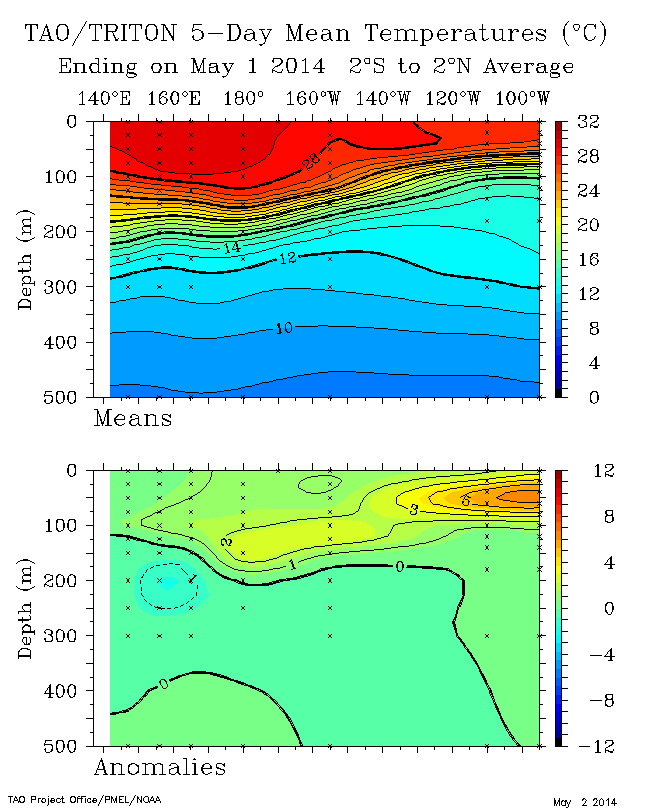Figure 1: Chart showing NOAA's 2014 Atlantic hurricane season forecast. Source of image: National Oceanic and Atmospheric Administration (NOAA).
Average to below average 2014 hurricane season for the Atlantic?
As stated above, the 2014 hurricane season outlook suggests that an average to below average 2014 hurricane season is likely, especially with an impending El Nino. El Nino is characterized by anomalously warm Sea Surface Temperatures (SSTs) along the central and eastern equatorial pacific, the threshold is +0.5 degree Celsius.In Terms of the Atlantic, upper level winds increase across the tropical Atlantic in an El Nino year. Furthermore, strong upper level winds will increase wind shear across the tropical Atlantic. This will generally limit tropical cyclone formation in the aforementioned area.
Figure 2: Expected Atlantic conditions under an El Nino during the hurricane season. Source of image: Accuweather.
If SSTs in the equatorial Pacific persists at +0.5 degree Celsius for three months or more, then an El Nino may be classified. The Oceanic Nino Index (ONI) is used for this classification, the current ONI value is at -0.5 degree Celsius for the period February through March 2014. Despite the negative value, a significant pool of abnormally warm SSTs is sitting below the surface, this is hinting at the possibility of further warming. Hence the chance of the ONI surpassing the El Nino threshold of +0.5 degree Celsius will increase greatly.
Figure 3: SST anomalies across the Pacific as of the May 29, 2014; the positive SSTs (yellow to red) along the equatorial Pacific are notably evident. Source of image: NOAA.
Figure 4: Sub-Surface sea temperatures. Source of image: National Climatic Data Center.
What should Jamaica expect for the 2014 hurricane season?
Jamaica is located within the hurricane belt; the hurricane belt is a region of the Atlantic that is prone to tropical cyclone formation and impacts. Jamaica should be prepared for the inevitable, despite the outlook showing suppressed tropical activity across the Atlantic. Remember, it only takes one storm to create severe damages and loss of lives. There is also very little correlation between the number of storms and direct impacts. Plus, 2013 showed how difficult these long term outlooks are, it should have been an active hurricane season. But the aforementioned forecast didn't pan out.The most destructive tropical cyclone to have affected Jamaica was hurricane Gilbert in 1989. Total damages were estimated at over US$ 2 billion, in excess of 45 people lost their lives. Hurricane Gilbert was a painful reminder of how powerful and destructive hurricanes can be, especially for small island states such as Jamaica.




No comments:
Post a Comment